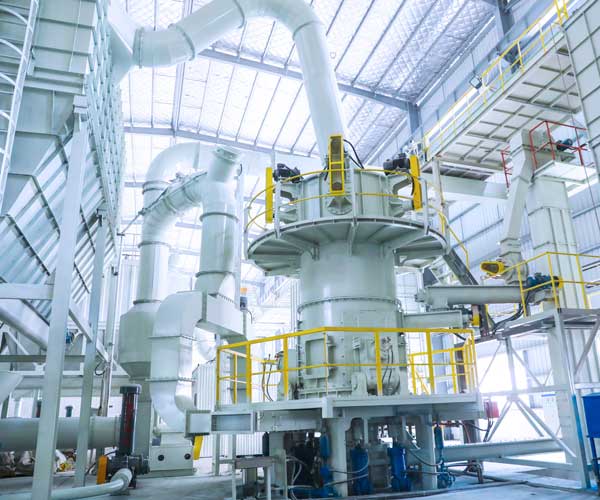
The production and grinding process of heavy calcium carbonate involves several steps and specialized machinery to produce a high-quality and versatile compound. From raw material preparation to grinding and surface modification, each stage is crucial in determining the final product’s properties and performance.
24 Online Service
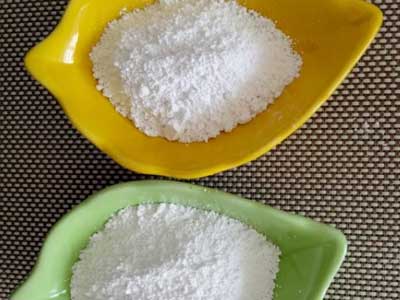
Calcium carbonate is an essential mineral found abundantly in nature, playing a vital role in various industries and everyday life. Among its forms, heavy calcium carbonate stands out as a versatile compound with numerous fascinating applications.
Heavy calcium carbonate, with the chemical formula CaCO3, is a naturally occurring compound derived from limestone, chalk, or marble. Unlike its lighter counterpart, precipitated calcium carbonate (PCC), heavy calcium carbonate is obtained through the grinding and crushing of high-purity limestone or marble. Due to its denser nature, it has a higher density and particle size, making it ideal for a wide range of applications.
The primary sources of heavy calcium carbonate are limestone and marble deposits found in various regions across the globe. These natural formations, composed primarily of calcium carbonate, are mined and processed to extract the desired compound. The extraction process involves crushing, grinding, and pulverizing the raw materials, resulting in fine particles of heavy calcium carbonate.
Manufacturers employ two primary methods to produce heavy calcium carbonate: the dry process and the wet process. In the dry process, the raw material is pulverized, classified, and then calcined at high temperatures. The resulting quicklime is then hydrated, creating calcium hydroxide, which is further carbonated to form heavy calcium carbonate. The wet process involves treating the quicklime with water to obtain calcium hydroxide, followed by carbonation to produce heavy calcium carbonate.
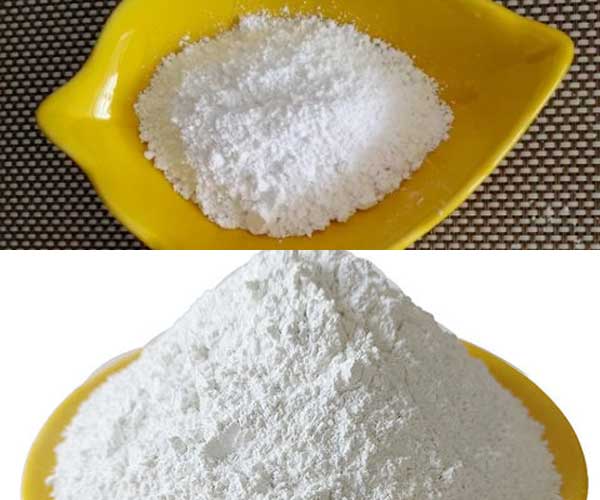
Calcium carbonate is a vital compound found abundantly in nature, with various applications in industries ranging from construction to agriculture. However, not all calcium carbonate is created equal. There are two primary forms: light calcium carbonate and heavy calcium carbonate. These distinctions are crucial, as they influence the physical and chemical properties of the compound, determining its uses and benefits in different sectors.
The primary differentiating factor between light and heavy calcium carbonate lies in their particle size. Light calcium carbonate, also known as precipitated calcium carbonate (PCC), is produced synthetically through a chemical reaction. It features fine particles, typically ranging in size from 0.1 to 2 micrometers. The smaller particle size provides light calcium carbonate with a high surface area, facilitating better dispersion and absorption properties.
On the other hand, heavy calcium carbonate, also referred to as ground calcium carbonate (GCC), occurs naturally through geological processes. It possesses comparatively larger particles, with sizes ranging from 2 to 20 micrometers. The larger particle size of heavy calcium carbonate contributes to its enhanced sedimentation and settling properties.
Light calcium carbonate exhibits exceptional whiteness and brightness due to its small particle size and uniform distribution. Its fine texture results in a soft and smooth feel, making it ideal for applications in industries such as cosmetics, pharmaceuticals, and food additives. Moreover, the high surface area of light calcium carbonate allows for effective binding and adsorption capabilities, making it a desirable filler material in the paper, paint, and plastic industries.
In contrast, heavy calcium carbonate possesses a coarser texture due to its larger particle size. This characteristic makes it more suitable for applications that require bulk and density, such as construction materials like concrete, asphalt, and coatings. Heavy calcium carbonate also offers good abrasion resistance, making it valuable in the production of rubber and plastics.
Both light and heavy calcium carbonate share the same chemical composition, with the molecular formula CaCO3. However, differences in their production methods result in variations in their chemical properties. Light calcium carbonate is typically produced using calcium hydroxide as a precursor, followed by carbonation using carbon dioxide. This process yields a highly pure and finely dispersed product.
In contrast, heavy calcium carbonate is obtained from naturally occurring limestone or marble, which undergoes crushing, grinding, and purification processes. This method may introduce impurities, resulting in a slightly lower level of purity compared to light calcium carbonate. However, heavy calcium carbonate still maintains a high degree of chemical stability and compatibility, making it suitable for a wide range of applications.
The unique properties of light and heavy calcium carbonate make them suitable for diverse applications across various industries. Light calcium carbonate finds extensive use as a filler in paper and paint manufacturing, where its fine particle size aids in improving printability, brightness, and opacity. It is also employed as an additive in food, pharmaceuticals, and personal care products due to its high purity and superior absorption characteristics.
On the other hand, heavy calcium carbonate is widely utilized in construction materials, including concrete and asphalt, due to its bulk and density. Its larger particle size enhances the strength and durability of these materials. Furthermore, heavy calcium carbonate finds applications in the production of plastics, rubber, ceramics, and glass, where its high chemical stability and abrasion resistance are valued.
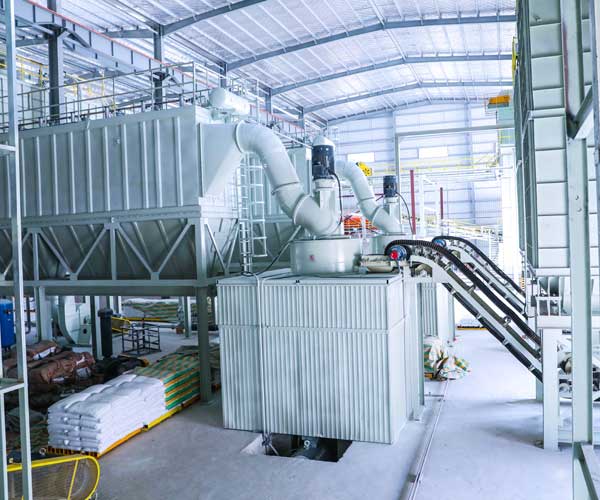
One of its most common forms is heavy calcium carbonate, which is widely used in the manufacturing of plastics, rubber, paper, paints, and coatings, among others. The production and grinding process of heavy calcium carbonate involve several steps and specialized machinery to ensure high quality and purity.
The production of heavy calcium carbonate starts with the preparation of raw materials. Limestone, a sedimentary rock primarily composed of calcium carbonate, is the main source material. The quality and purity of the limestone directly impact the quality of the final product. Therefore, careful selection and analysis of limestone deposits are crucial to ensure a consistent and high-quality supply.
Calcination is a critical step in the production process of heavy calcium carbonate. In this step, limestone is heated at high temperatures to convert it into quicklime or calcium oxide (CaO). This process occurs in a specialized kiln, where the limestone undergoes thermal decomposition. The calcination temperature and duration are carefully controlled to achieve the desired chemical composition and properties.
After calcination, the quicklime obtained is slaked with water to produce hydrated lime or calcium hydroxide [Ca(OH)2]. This reaction is exothermic and involves the addition of water to the quicklime, resulting in the formation of calcium hydroxide. The slaked lime is then subjected to carbonation, where it reacts with carbon dioxide (CO2) from various sources, such as flue gas or atmospheric air. This carbonation process produces precipitated calcium carbonate (PCC) in the form of fine, white powder.
The next crucial step in the production of heavy calcium carbonate is grinding and classification. The PCC obtained from carbonation is relatively coarse and needs to be further processed to achieve the desired particle size distribution. Grinding mills, such as ball mills, vertical mills, or Raymond mills, are commonly used for this purpose. These mills reduce the PCC particles to the required fineness through mechanical forces and impact.
During the grinding process, proper control of various parameters, such as grinding time, mill speed, grinding media, and additives, is essential to optimize the grinding efficiency and obtain the desired particle size. Classifiers are employed to separate the ground particles into different size fractions and ensure uniformity in the final product.
In some applications, surface modification of heavy calcium carbonate is required to enhance its properties and compatibility with specific systems. Surface modification processes can include treatments with stearic acid, titanate coupling agents, or other chemical additives. These treatments help improve dispersibility, reduce viscosity, enhance impact strength, and increase the compatibility of heavy calcium carbonate with organic materials.
Throughout the production and grinding process of heavy calcium carbonate, strict quality control measures are implemented to ensure consistent product quality. Various tests, including particle size analysis, whiteness measurement, moisture content analysis, and chemical composition analysis, are conducted at different stages to monitor and maintain the desired product specifications.
Grinding superfine heavy calcium carbonate is a crucial process in various industries, including plastics, paints, coatings, rubber, and papermaking. This mineral is highly sought after for its exceptional properties, such as high whiteness, brightness, and chemical inertness. However, achieving the desired particle size and quality requires the utilization of specific equipment designed for efficient and precise grinding.
Before the grinding process can commence, it is essential to reduce the size of the raw heavy calcium carbonate material. This initial step is achieved through the utilization of crushing equipment. The commonly used equipment for this purpose includes jaw crushers, hammer crushers, and impact crushers.
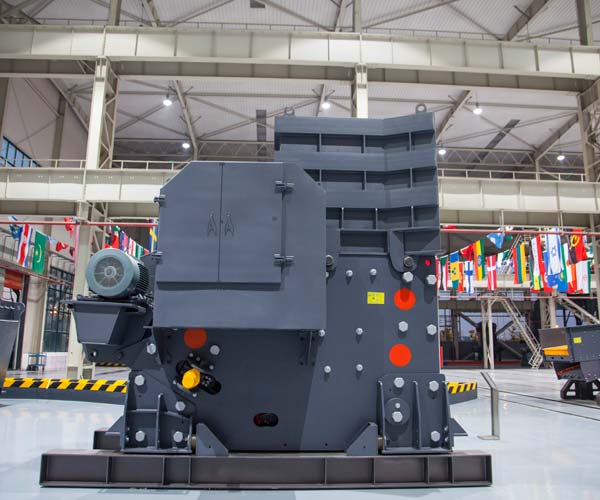
Jaw crushers are typically used for coarse crushing, providing a primary reduction of the material. Hammer crushers, on the other hand, are ideal for medium and fine crushing, as they offer high-speed impacts to break down the calcium carbonate into smaller particles. Impact crushers are often employed when a high reduction ratio is required.
The heart of the grinding process lies in the grinding mill, which plays a pivotal role in achieving the desired particle size distribution and fineness of the heavy calcium carbonate. Various types of grinding mills are available for this purpose, each offering unique advantages and capabilities.
Raymond mill is a common grinding mill used in the heavy calcium carbonate industry. It utilizes a grinding roller and a grinding ring to crush and grind the material. The adjustable speed of the classifier impeller can control the fineness of the final product, making it suitable for producing a wide range of particle sizes.
The ball mill is another widely used grinding mill for heavy calcium carbonate. It operates by rotating a cylinder with steel grinding balls, causing the balls to fall back into the cylinder and onto the material to be ground. The rotation speed and the size of the balls determine the fineness of the final product.
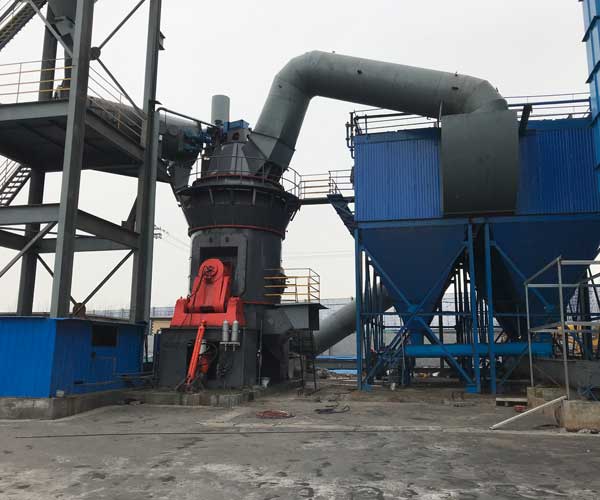
VRM is an advanced grinding mill that combines crushing, grinding, drying, and classifying functions into a single unit. Its efficient design and ability to handle high moisture content make it ideal for grinding heavy calcium carbonate.
To ensure precise control over the particle size distribution of the ground heavy calcium carbonate, a classifier is used in conjunction with the grinding mill. The classifier separates the fine particles from the coarser ones and directs them to the appropriate outlets.
Air classifiers and dynamic classifiers are commonly employed in the heavy calcium carbonate grinding process. Air classifiers use air as the medium to separate particles based on size, while dynamic classifiers utilize centrifugal force to achieve the desired classification.
During the grinding process, fine particles and dust are generated, posing environmental and health risks. A dust collector is crucial for maintaining a clean and safe working environment. It captures and removes the airborne particles, preventing them from spreading.
Our Projects
Copyright © ZENITH, All Right Reserved.
